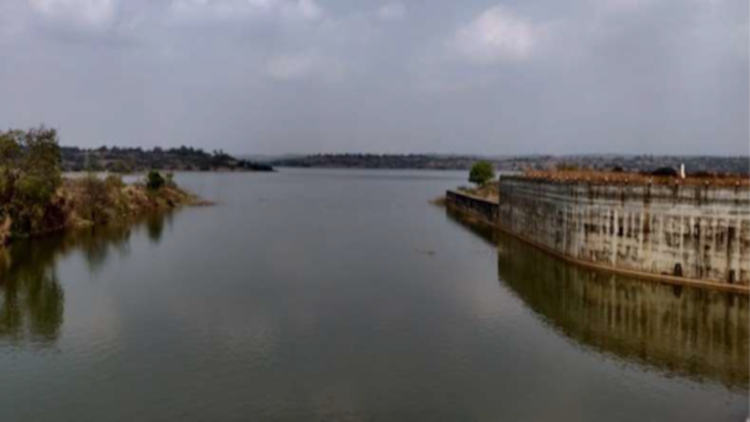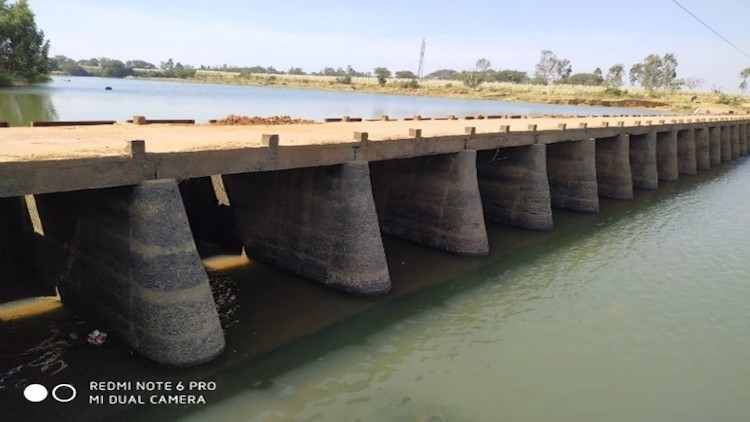Nipani-Yamagarni Tank Filling Scheme -Lb
Consultancy services for survey, investigation, preparation of design, drawings, estimates, preparation of detailed project report, preparation of techno-economical alignment proposals, designs of pump house, rising main, delivery chamber and distribution networks, package estimate, DTP & Land acquisition proposals for the work of filling up of Saundalga, Appachiwadi tank-1,2 & 3, Bhatnanagnur & Hadnal tanks by lifting water from Vedganga river near yamagarni village,in Nippani Taluka, Belagavi District
Client:
M/s Karnataka Neeravari Nigam Ltd
Project Description:
Krishna River takes its birth in the Mahadev Range of Western Ghats at EL 1338.00m above M.S.L in Maharashtra. It enters Karnataka at its 304th km and passes through the state for a length of 480 km and finally falls into the Bay of Bengal near Bapatla in Andhra Pradesh. The basin area is 2.57 lakhs sq.km and that in Karnataka is 1.13 lakhs sq.km.
The Vedganga river is the principal tributary of Krishna River and join it on the right bank. This river is the main river which originates in Maharastra and flow towards east. Panchaganga, Warana, Dudhganga, Vedganga, Bhogavati, Hiranyakeshi and Ghataprabha are main rivers which flow towards east through Western Ghats. Dudhganga flows for the major portion of its traverse in the Kolhapur district before entering Karnataka and joining Krishna River near Sadalga enroute. Vedganga River, which also originates in Maharastra in southern part of Kolhapur taluk, traverses east, crosses the border, enters Karnataka, and joins Dudhganga River near Banavad village. The Maharashtra government has built Dudhganga project across Dudhganga River through which about 160 villages in Karnataka gets drinking water supply for the allocation for which is about 4.00 TMC.
Villages coming under Chikodi taluka are frequently affected due to erratic rainfall and absence of any perennial source of water for drinking purposes for the populace as well as livestock in the region. The ground water table in these regions has reached alarming depths due to over exploitation, as a consequence of which the available ground water is contaminated. Furthermore, there are several MI/ZP tanks in this region which are not receiving sufficient quantum of inflow in the past several years. Drinking water for livestock are mainly dependent on these tanks in this region.








